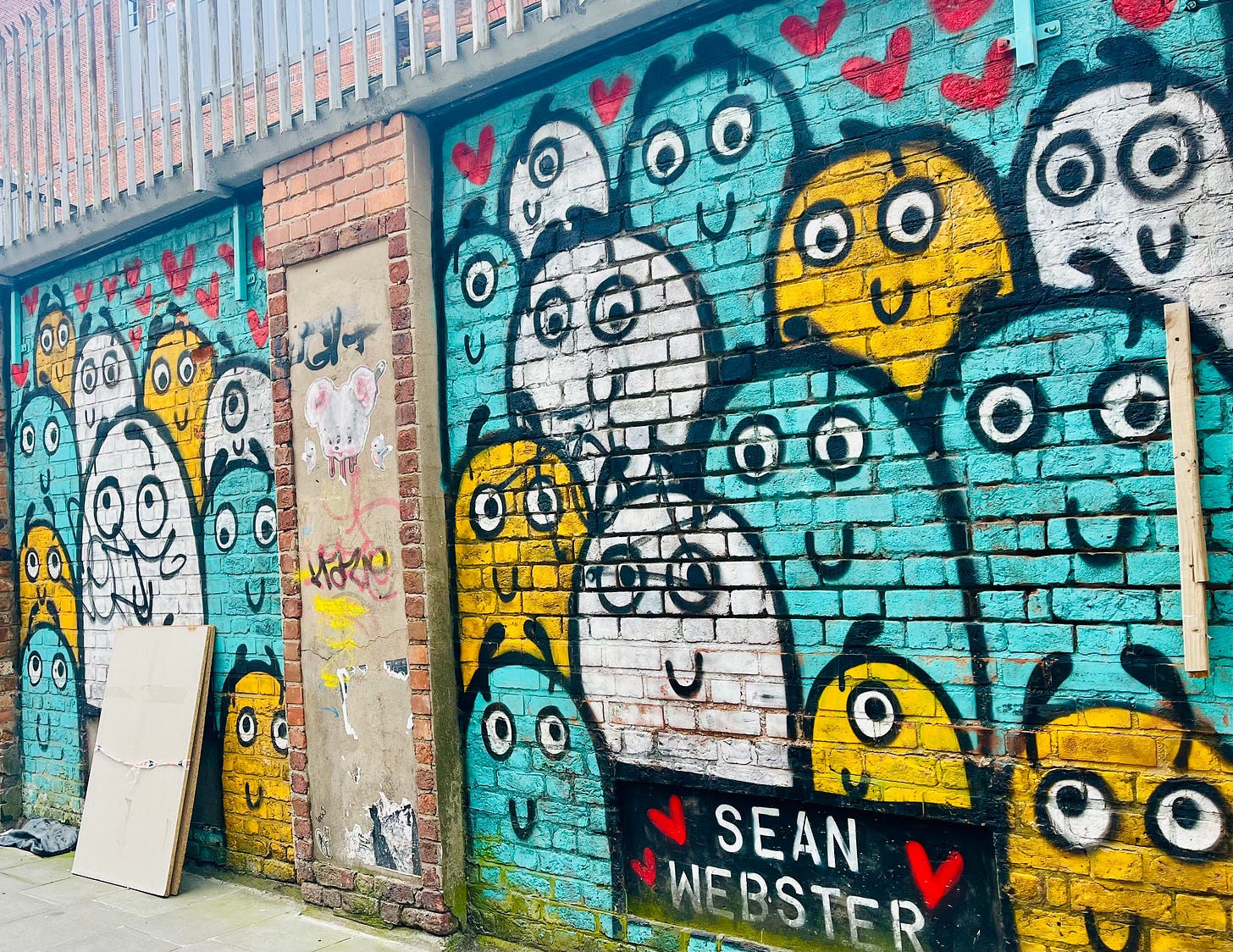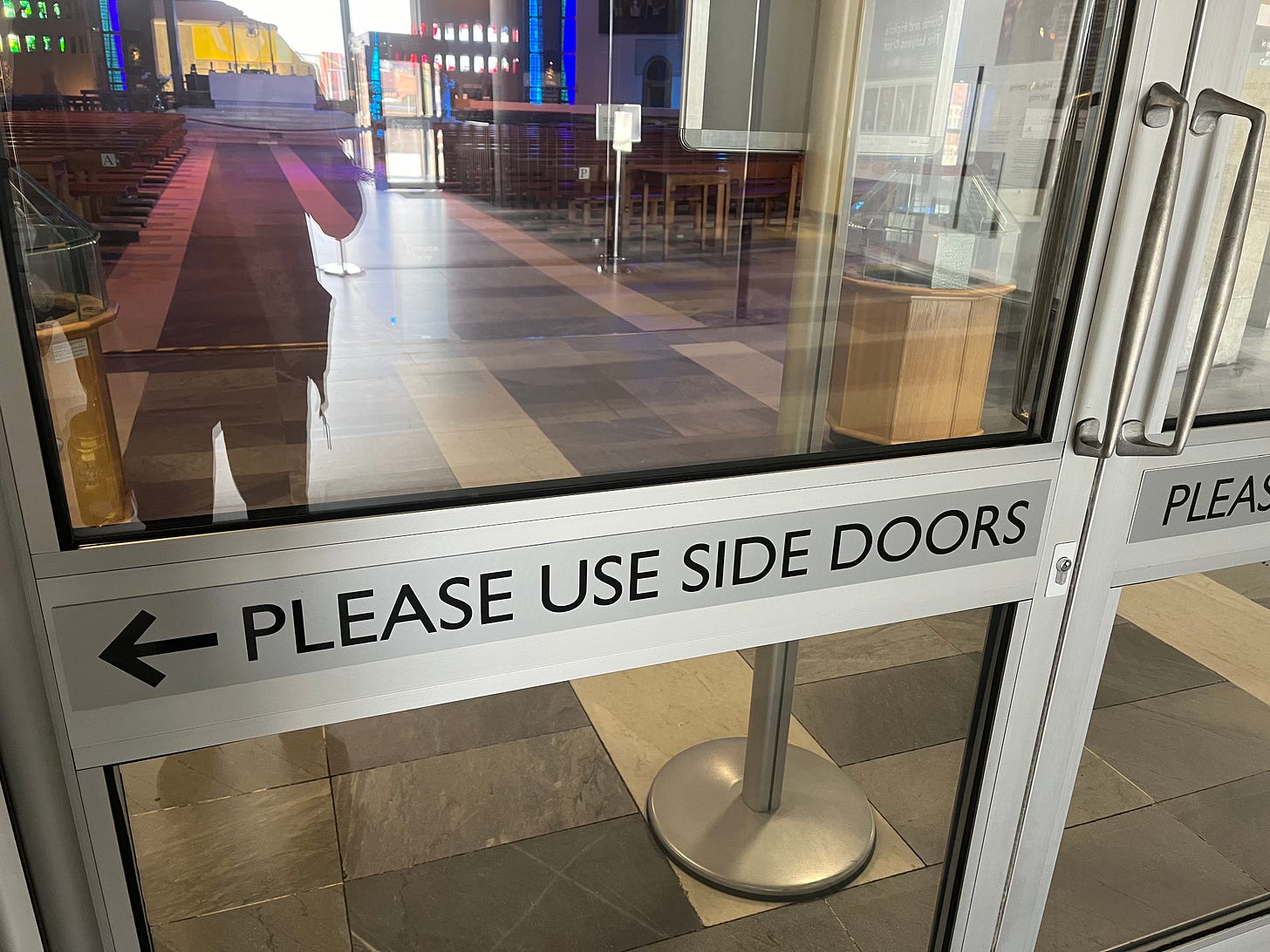It was all but inevitable, the media hype seemed to say: MDMA, known in its club-drug form as “ecstasy,” would be legalized for therapeutic purposes by the U.S. Food and Drug Administration (FDA). Yet the federal institution called a meeting of its advisory committee this month that ground the process to a halt, sending researchers back for another long, expensive round of clinical trials to provide further evidence of safety and efficacy. Meanwhile, the studies that got the treatment to this stage of approval were retracted by the journal that published them due to alleged ethical violations by the research team.
Like any setback, it has the opportunity to be a teachable moment—but will the actors involved take it? We often become what we claim to resist, and a lot of things about this situation feel awfully familiar.
In the 1950s and ‘60s, during the Anglosphere and Europe’s first psychedelic “revolution,” therapy paired with substances like LSD and mescaline was growing in popularity. Everyone from scientists and therapists to celebrities like Cary Grant was breathless about the potential to help us understand the mind, heal, awaken creativity, and even bring world peace. In the ‘60s and ‘70s, the antiwar movement latched onto this latter possibility, with some advocating nuclear disarmament by way of a mass, even covert, LSD awakening. Nixon saw a way to kneecap the latter movement by gutting the former, launching the “war on drugs” that continues to this day with domestic and US-backed global legislation that made drugs from cocaine, opium, and weed to LSD, mescaline, and psilocybin illegal.
Today, the only way to legally practice psychedelic therapy is through clinical trials approved by the FDA: a long, involved process. So, in 1986, activist Rick Doblin founded MAPS, the Multidisciplinary Association of Psychedelic Studies—the organization behind the current research—with the specific purpose of legally studying the therapeutic use of MDMA and psychedelics through FDA-approved trials. The hope was that this would lead to widespread legalization.
It was partially successful. MDMA and psilocybin—a classic psychedelic and the active constituent in “magic” mushrooms—were granted “breakthrough therapy” designation by the FDA in 2017 as a result of this research. The Biden administration established a federal task force to explore this in 2022, predicting legalization by 2024.
Nearly three decades after founding the nonprofit, Doblin established a for-profit drug-development entity, the MAPS Public Benefit Corporation (MAPS-PBC), to bring the medicine to market through a new drug application (NDA): the way drugs become publicly available in the byzantine US health care system. The PBC smashed through rounds of VC funding, raising millions from largely wealthy supporters, including wellness, human-optimization, and psychonaut entrepreneurs.
There's nothing inherently wrong with this—but it’s awfully familiar to what happened when cannabis became legal in parts of the U.S., especially California. A Silicon Valley-style approach permeated the space, where monolithic, VC-funded organizations (mostly run by wealthy, straight white men) took over the market, establishing large weed farms that displaced smaller legacy growers through sheer economies of scale, offering much lower prices than independent farmers could compete with—driving them out of business, along with their heirloom varieties and on-the-ground knowledge.
The same thing is already happening in the psilocybin space. While agricultural considerations aren’t a factor with MDMA, a synthetic substance, the same problems of centralized power and control apply. It all perpetuates a culture of exceptionalism on the part of MAPS and its surrounding ecosystem that, fueled by psychedelic capitalism, contributes to some of the space’s biggest problems: gatekeeping, corner-cutting, and outright abuse.
For example, the journal that published the MAPS papers tied to the clinical trials recently issued a full retraction of one of studies. This was partially because it included data from a trial center where participant Meaghan Buisson was sexually abused by her therapists, Richard Yensen and Donna Dryer, during a MAPS trial, something Doblin and other leaders tried to cover up—and part of a phenomenon that is, sadly, too common in today’s psychedelic space.
Psychedelic exceptionalism is when people portray psychedelics, plant medicines, and adjacent substances that get lumped into the same category, like MDMA—a stimulant with some psychedelic properties at high doses—and ketamine, a dissociative, as superior to other drugs and approaches. Too often, this attitude extends to an air of superiority over the people who use other drugs, too (or don’t use anything). Instead of having needed conversations about harm reduction that seek to understand and address the real reasons people use substances, targeting systemic causes for overuse—not to mention, addressing the fact that the majority of people use any substance, even maligned ones like cocaine and meth, without developing a problem—psychedelics are portrayed as a cure-all.
Paradoxically, psychedelic exceptionalism furthers the same narrative as the pharmaceutical industry many advocates claim to be opposing: that the answer to all your problems is a specific substance. It also deepens existing divides between the largely privileged faces of the psychedelic movement and underrepresented communities (BIPOC, queer and trans people, women, and the lower economic classes) who use other drugs or can’t gain easy access to these treatments.
Meanwhile, the medical model through which MAPS and its subsidiaries have pursued legalization, whereby psychedelics and adjacent medicines would be delivered in clinical settings, creates another barrier, restricting them to those who have access to health care—not to mention, restricting it to a set and setting that, while supportive to some, feels extremely unsafe to others who have been hurt and rejected by the medical system.
Underground and Indigenous communities that have been practicing healing with psychoactive substances for decades, centuries, and millennia in supportive containers should be leading the way—but instead, are the ones most excluded and harmed. It all contributes to a gatekeeping culture that has surrounded much of the research and media since Michael Pollan’s book and Netflix series How to Change Your Mind became a surprise hit. While this did a lot to raise awareness and acceptance of psychedelic therapy, the likes of Doblin and Pollan have also promoted a narrative about psychedelic use for “healthy normals,” assuring the mainstream that, if legalized, the people who use these wacky drugs will be just like them. It also ignores the growing body of evidence that psychedelics and adjacent substances can actually help treat debilitating mental-health conditions such as schizophrenia—given the proper support.
The subtext: psychedelics should be reserved for an elite class, regulated and distributed by doctors, university-funded scientists, psychedelic entrepreneurs, and inevitably, the pharmaceutical industry. Recently, MAPS-PBC rebranded itself as Lykos Pharmaceuticals. “Lykos” means “wolf” in Greek.
You know, the one that dresses up like a sheep.
To be fair, MAPS has helped raise awareness and acceptance of psychedelics and similar drugs in mainstream media and consciousness, not to mention the research that paved the way for the new drug application (NDA) Lykos is currently pursuing under the current research. But if it’s approved, Lykos would be the only company federally authorized to deliver these treatments—positioning them to profit enormously, consolidating even more wealth and power with Doblin, MAPS, and their backers.
Clearly, there are a lot of motivations for these clinical trials to be successful. Throughout the process, researchers have attempted to withhold information and downplay evidence of abuses (which is among the allegations of the journal that retracted the paper) as well as lackluster results, anything that didn’t support their specific narrative—which is not only extremely dangerous and terrible science, but proves they haven’t learned a single thing from history.
It’s one consequence of getting swept up in your own momentum. In the 1960s and ‘70s, the psychedelic movement’s most public supporters included Harvard professors Timothy Leary and Richard Alpert (before he became the spiritual leader, Ram Dass, whom I consider a disembodied mentor). I think their hearts were in the right places, but they got a bit arrogant and sloppy, and their gonzo, pseudo-shamanistic approach provided the perfect fuel for Nixon’s drug-war propaganda. Their ecstatic attitude about LSD was that if we simply got the drug in as many hands as possible, it would change so many minds so quickly that not only would it soon become legal, it would bring about world peace and catapult humanity to a new stage of evolution.
Similarly, Doblin, MAPS, and their supporters claim to be advocating for the soul of humanity; in some ways, there are elements of truth to this, as psychedelics have saved lives and opened eyes since the dawn of time. But then and now, the attitude can fuel spiritual narcissism and exceptionalism that leads to sloppy research, cut corners, and ethical violations. Both professors were fired; Leary continued research and activism from prison and Alpert had a spiritual awakening, but the damage was lasting and global in scope.
It’s not all baad: MAPS/Lykos have broken new ground, not just legislatively but in insisting that psychedelic therapy is about more than just the drugs. The NDA pairs midomafetamine capsules with a multidisciplinary psychotherapeutic approach in the treatment for which it’s seeking approval, whereas most NDAs are for drugs alone. Researchers also collect data from participants more frequently and for longer periods than the FDA requires.
However, the therapeutic component was part of what the FDA pushed back on in its June 2 advisory committee meeting, saying it was unclear to what degree this impacts treatment, or is even necessary—betraying a horrifying ignorance as to how psychedelic therapy (or any therapy!) actually works. Therapeutic support is not only important here, it’s crucial; without it, people can end up far worse than when they started, especially already vulnerable populations like people with PTSD (MAPS’ target group), something MAPS insists upon. Nonetheless, experts on drug development say that as a result, other researchers and companies that decide to throw their hats in the ring will focus on drugs, not therapy, since the FDA has made it clear they don’t care about it. The end result will be to perpetuate the current culture of mitigating individual symptoms instead of looking at systemic injustices and cultural factors at the root of trauma.
In some ways, we all embody our drug of choice. Leary and Alpert were LSD, tricksters and shapeshifters with an analytical background who wanted to follow high weirdness to its fullest conclusion. Doblin is a high dose of MDMA: ecstatic, teeth-grinding enthusiasm that can be grating, even frightening to those outside the experience, not to mention mildly hallucinogenic. What I think both the movement and our world need now is the spirit of psilocybin, with its mycelial network that binds all members in one ever-loving web, existing and evolving symbiotically with other living things.
Who might personify that, I don’t know. I don’t even think another organization or charismatic face is the answer. MAPS, for its part, replaced Doblin as executive director with Kris Lotlikar—the former board member of an organization instrumental in the capitalization of cannabis.
Whatever comes next, I know we repeat mistakes when we haven’t learned from them. The lyrics from a 2003 song, appropriately titled “Advisory Committee,” by Olympia, Washington artist Mirah seem fitting here:
Listen for the sound Feel a shaking underground To have the weapons and the time The will to push off from the side. I use my eyes, and use my head I use all the things you said. A person needs to know before A hunting, hunting we will go.






